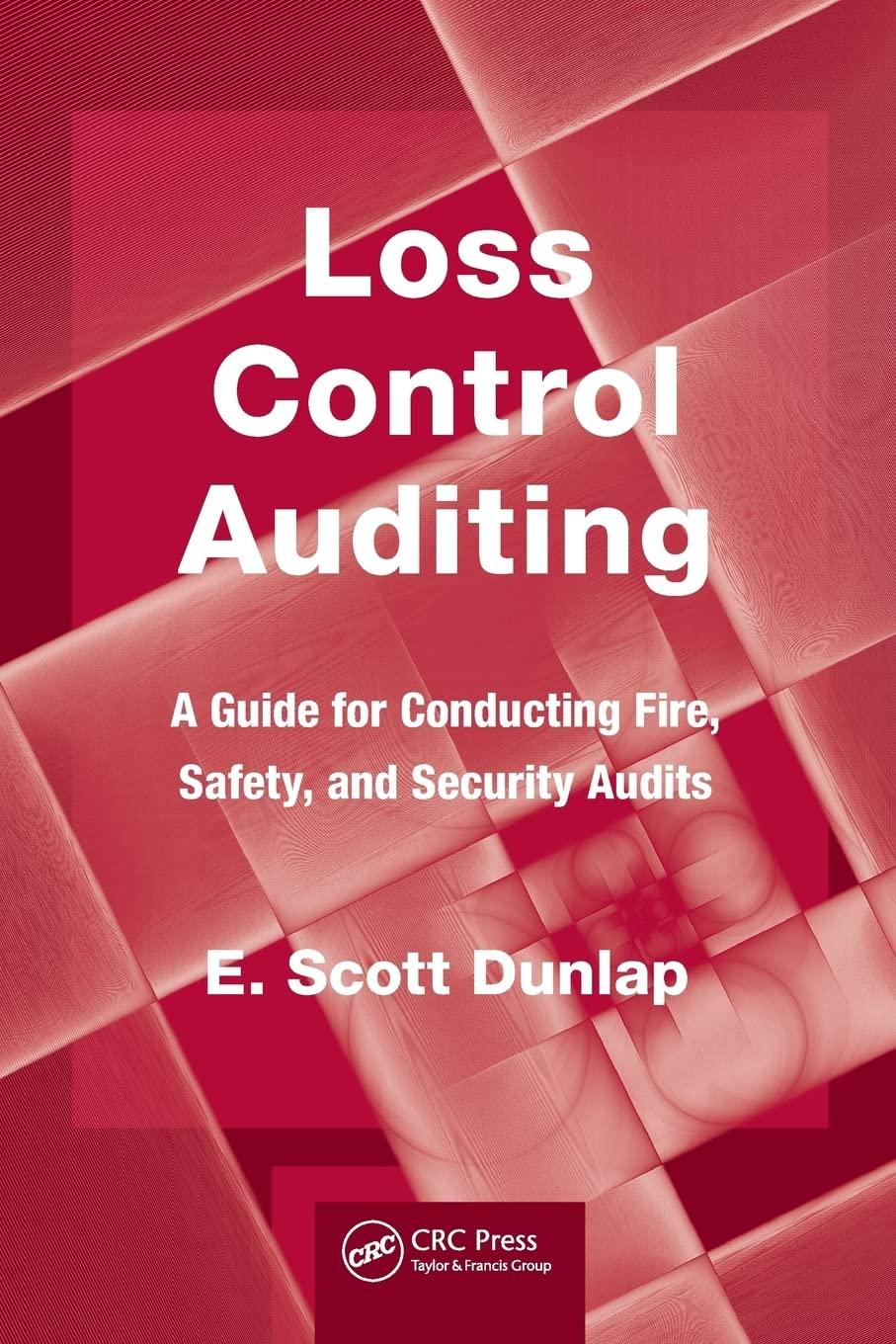Question
1. Which of the following is an example of a cost center within a factory? a.The Production Department b.The Administrative Department c.The Investment Department d.The
1. Which of the following is an example of a cost center within a factory?
a.The Production Department
b.The Administrative Department
c.The Investment Department
d.The Marketing Department
2. A responsibility center in which a manager is responsible for both revenues and costs is called the:
a.investment center.
b.revenue center.
c.cost center.
d.profit center.
3. A decision relating to keeping or dropping a product line is taken by the manager of a(n):
a.profit center.
b.revenue center.
c.investment center.
d.cost center.
4.A mechanism which allows managers at lower levels to make and implement key decisions pertaining to their areas of responsibility is called:
a.decentralized decision making.
b.hypothetical decision making.
c.discretionary decision making.
d.consolidated decision making.
5. Which of the following is an advantage of decentralization?
a.It works as motivation to segment managers.
b.It helps the central management to focus on the operating decisions of various divisions.
c.It provides less access to local information which leads to the best decision.
d.It reduces the competition among divisions.
6.Which of the following is considered a measure of efficiency?
a.Employee turnover
b.Number of units produced per hour
c.Customer loyalty index
d.Number of value added activities carried out
7. Which of the following is true of return on investment (ROI)?
a.It refers to earnings before interest and income taxes.
b.It is the difference between operating income and the dollar return required.
c.It is the most common measure of performance for a cost center.
d.It is used by stockholders to indicate the health of a company.
8. Which of the following equations is used to compute residual income?
a.Residual income = Operating income (Minimum rate of return Operating assets)
b.Residual income = Total income (Minimum rate of return Operating assets)
c.Residual income = Total income (Minimum rate of return Total assets)
d.Residual income = Operating income (Minimum rate of return Total assets)
9. The after-tax operating income reported by Beta, Inc., is $125,000. The weighted average cost of capital is 15.30 percent, and the total capital employed is $750,000. Determine the economic value added (EVA) of Beta, Inc.
a.$100,000
b.$10,250
c.$114,750
d.$15,000
10. Cash compensation includes:
a.salaries and bonuses.
b.stock options and right shares.
c.stock dividends and gains.
d.perquisites and profit shares.
11. Which of the following statements is true of stock-based compensation given to employees by a firm?
a.It always reduces the profitability of a firm.
b.It can be issued only to top-level managers of a firm.
c.It includes raises, bonuses, and other monetary rewards.
d.It encourages goal congruence within a firm.
12. Autonomy in the conduct of managers' daily business is an example of:
a.income-based compensation.
b.noncash compensation.
c.cash compensation.
d.stock-based compensation.
13. Which of the following statements is true about the transfer price charged by one division to another division of a company?
a.It affects the costs of the transferring division and the revenues of the receiving division.
b.It affects the revenues of the transferring division and the costs of the receiving division.
c.It affects the balance sheet of the transferring division and the income statement of the receiving division.
d.It affects the income statement of the transferring division and the balance sheet of the receiving division.
14. Which of the following is affected by the transfer price charged by one division to another?
a.Divisional profitability
b.Divisional non-current assets
c.Divisional fixed cost
d.Divisional production expenses
15. Which of the following statements is true about transfer prices?
a.Transfer prices are the expenses incurred for transferring goods from a factory to a customer's location.
b.Transfer prices are the expenses incurred for transferring goods from one division to another division.
c.Transfer prices are the prices charged for goods produced by one multinational firm to another multinational firm.
d.Transfer prices are the prices charged for goods produced by one division and transferred to another.
16. Which of the following transfer pricing approaches can provide perverse incentives and distort performance measures?
a.Opportunity cost transfer pricing
b.Variable cost plus fixed fee transfer pricing
c.Market-based transfer pricing
d.Full-cost transfer pricing
17. Which of the following transfer prices allowed by the Internal Revenue Service (IRS) for a multi-national corporation is equal to the sales price received by the reseller less an appropriate markup?
a.Negotiated transfer price
b.Resale price
c.Comparable uncontrolled price
d.Cost-plus price
18. Cadmium, Inc., has two divisions, Division Nickel and Division Barium. Division Nickel manufactures Product A that can be used by Division Barium in manufacturing its final product. The details of cost information of Product A per unit is as follows:
| Direct material | $4.0 |
| Direct labor | 3.5 |
| Variable overhead | 4.5 |
| Fixed overhead | 3.0 |
| Total cost | $15.0 |
If Cadmium, Inc., has a transfer pricing policy that requires transfer at full product cost, what would the transfer price be?
a.$8.0 per unit
b.$15.0 per unit
c.$12.0 per unit
d.$7.5 per unit
Please Help me answer these multiple choice questions. I would really appreciate it if you could answer all of them. Thank you so much
Step by Step Solution
There are 3 Steps involved in it
Step: 1

Get Instant Access to Expert-Tailored Solutions
See step-by-step solutions with expert insights and AI powered tools for academic success
Step: 2

Step: 3

Ace Your Homework with AI
Get the answers you need in no time with our AI-driven, step-by-step assistance
Get Started


